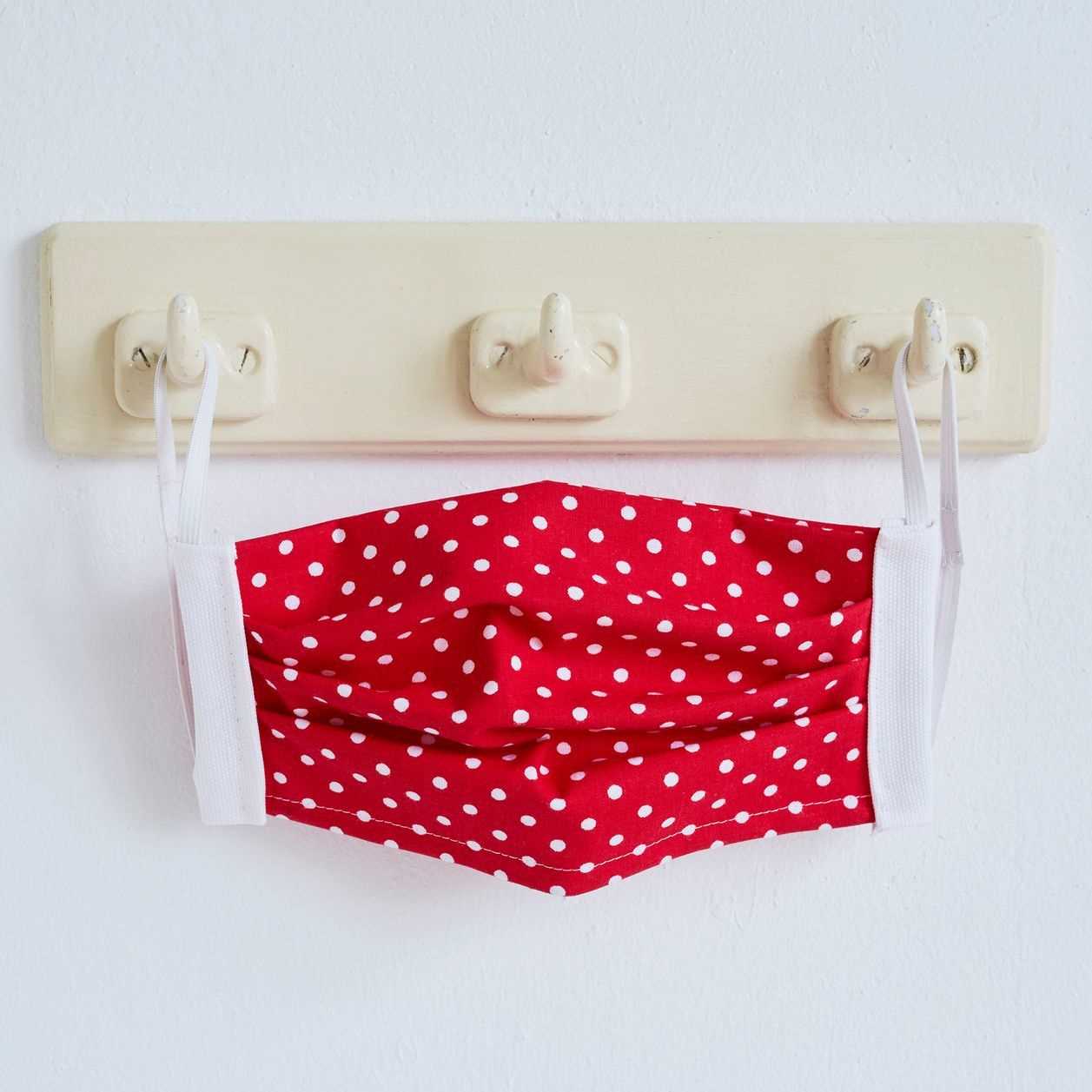Surgical masks have become a scarce commodity due to the coronavirus pandemic. Unsurprisingly, many people have wondered if it is possible to sew masks, by superimposing different layers of fabrics and filter fleeces. Here are the answers to the questions about their real effectiveness and how to use them:
We now all know it: the coronavirus is spread by droplets, that is to say by the emission of microparticles of saliva by speaking, coughing or sneezing. To reduce the risk of infection, wearing oral and nasal protection is indeed recommended. These are surgical masks, single use, effective for maximum 4 hours.
Healthcare workers use these protections to avoid any risk of the virus spreading to their patients, and if possible when they are shopping for food or going to public spaces.
These masks protect others, yes, but not whoever wears them! Only the FFP2 masks, equipped with specific filters, can protect from external contamination.
The current situation is unprecedented and disastrous : All healthcare workers face a shortage of surgical masks, which are nevertheless essential in hospitals, medical offices, and health professionals concerned. “
However, a wave of volunteers swept over social networks, offering to sew reusable masks themselves using layers of fabric sewn on top of each other, before being washed at very high temperatures and changed daily.
But are these masks really effective? Is it really possible to use them as an alternative to regulated surgical masks?
Cloth masks: are they effective?
The thing to remember:
Neither surgical masks nor tissue masks protect those who wear them. This type of protection does not guarantee protection for oneself, but reduces the risks for other people.
To lower the curve of contaminated people, it is therefore essential to comply with barrier gestures, the rules of confinement, and minimize the risk of contamination of people who may be brought into contact (one's next door neighbor, the hosts and cashier hostesses, merchants, etc.)
Here are the instructions to follow if you wear a fabric mask:
1. Wash the cloth mask once a day, after each use (at 95 ° C in a pot of boiling water or at 60 ° C in a machine).
2. The mask should be snug on the face and fully cover the mouth and nose when speaking.
4. To put it in place, position it by gripping only the elastic bands, without touching the covering part or the face.
Make your masks: guides and advice from hospital services
As already mentioned earlier, the general panic linked to the pandemic has led to a shortage of surgical masks, the sale of which is now reserved for caregivers.
Faced with the shortage, the CHU from Grenoble shared patterns to sew fabric masks to find here: official tutorial and patterns
Likewise, AFNOR has made available a guide to download free of charge, containing the specifications for the manufacture of masks (at home or by manufacturers), with the types of fabrics to be used, the dimensions or even the indications for use: barrier mask rules
Make your fabric mask: the material to get
– Pieces of cotton fabric for the exterior and interior lining:
Lot of 14 coupons 100% cotton 46 x 56cm, € 21.99 at Amazon
– Iron-on fleece for the internal part:
Iron-on canvas, € 20.99 on Amazon
– Soft elastic bands:
Roll 10m elastic for sewing, € 6.59 on Amazon
– A sewing machine (which will be useful for all kinds of alteration work)
Brother Beginner's Sewing Machine, € 129.95 (on discount)
Instructions for use according to the tutorial of the Grenoble CHU
Step 1 :
For the exterior fabric: cut the pattern to the desired size. Cut the necessary pieces of cotton fabric leaving 0.5 cm around the pattern (see guide), except on the ear side. We get 2 pieces of fabric.
For the inner lining: repeat the same operation as for the main fabric, except sewing on the ear side. We then obtain 2 pieces of interior lining.
Perform the same operation with the fleece but at the exact size of the pattern. The fleece should be smaller in order to be slid between the outer fabric and the inner lining in step 4.
2nd step :
Gather 2 of the pieces of outer fabric right sides together, then sew the rounded part. Do the same with the inner lining.
Step 3:
Assemble the 2 pieces of fabric obtained, right sides together. Sew only at the top and bottom, without sewing the short sides. Turn the assembly over and place the fleece.
Step 4 :
Make the same assembly with the fleece: topstitch the central seam (vertical), then topstitch up and down a few millimeters from the edge so that the fleece is sewn to the other two pieces of fabric.
The main outer fabric is then longer than the inner lining. This will be the space dedicated to the elastic band.
Step 5:
Fold and iron the excess fabric on the ear side. Sew vertically, a few millimeters from the fold, to create a drawstring, then insert a 30cm elastic band.
You can see the demonstration of @makemylemonade on her Instagram channel: she made her mask based on the instructions from the Grenoble University Hospital:
Homemade fabric mask: what materials make it safer?
In a study carried out by the University of Cambridge in 2013, several types of materials were tested in order to compare their effectiveness. It emerged that the vacuum cleaner filter bags met the efficiency requirements of surgical masks!
Tissue masks can therefore reduce the risk of spread, but remain an alternative that does not replace surgical masks. If each of us respect barrier gestures, repeated handwashing and wearing a mask according to official recommendations, this can have a real impact.
The World Health Organization (WHO) recommends wearing a mask for infected people and those caring for sick people.
